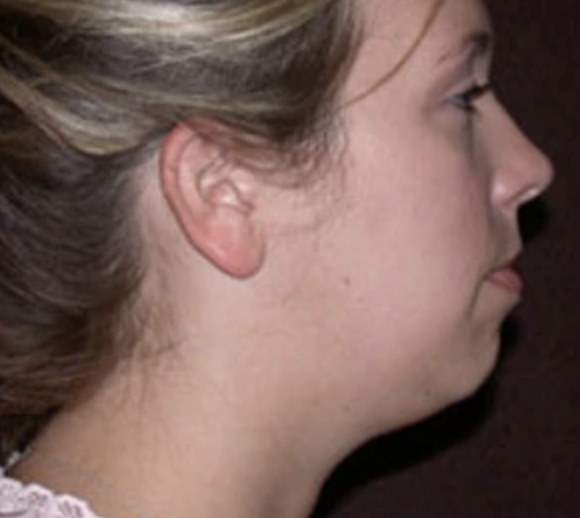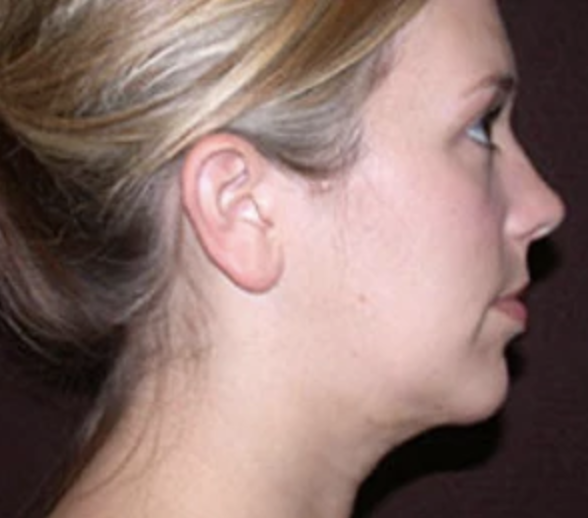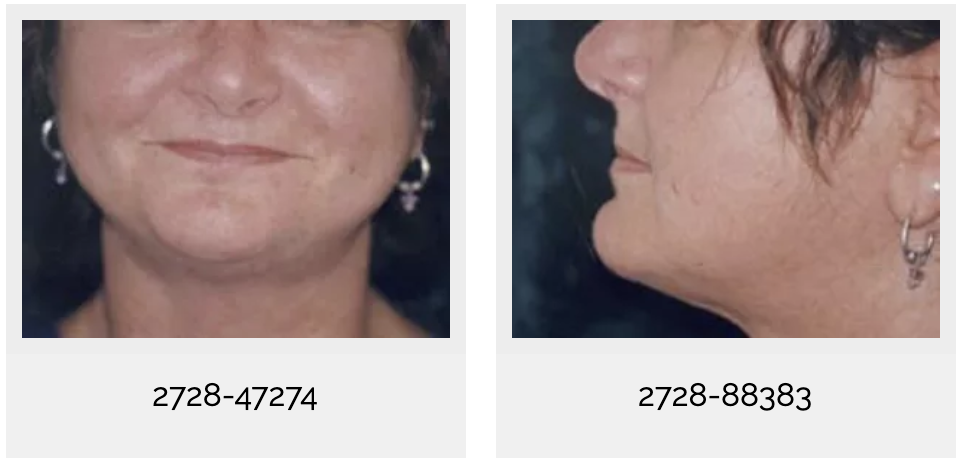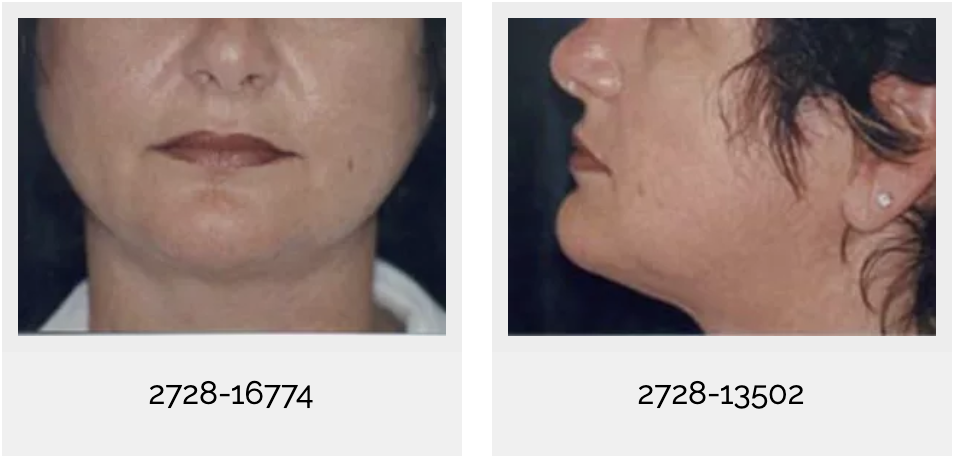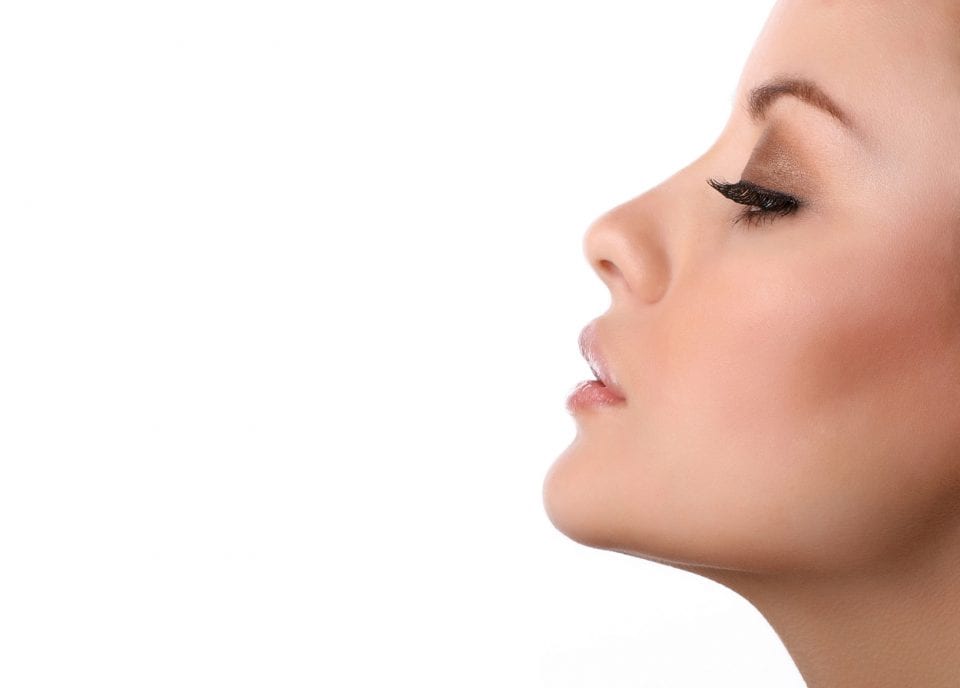Facial Implant
Jefferson K. Kilpatrick, MD | Russell B. Stokes, MD | Hannah Parbst, Esthetician
Many areas of the face can be effectively augmented with facial implants. Commonly treated areas include the chin (chin implant), the cheekbones (malar augmentation), and the lips (lip augmentation). Several different types of implants are available and are used on an individual basis.
One exciting new development in facial implantation has been the development of Alloderm, which is a material made from human skin, which very effectively augments nasolabial folds (the area between the nose and the corner of the mouth), and lips.
High cheekbones and a strong jaw line have long had a history of allure. Along with the eyes, the cheekbones and jaw line form the most photogenic aspects of the face.
Reasons to consider Facial Implant:
- Extend or enlarge the chin if the chin is recessed or small.
- Create a more defined facial profile if the jaw, chin, or cheeks lack distinction.
- Bring the various aspects of the face into proportion.
- Round out the cheeks if they are hollow due to heredity or aging.
- Accent the upper cheeks making them appear higher and fuller.
Procedure:
With chin surgery, an implant is inserted in front of the jawbone in order to augment the chin or jaw. A small incision is made inside the mouth to allow the implant to be positioned in a pocket just under the skin. An alternate location for this incision is below the chin (on the outside). Chin surgery is commonly performed along with rhinoplasty (nose surgery).
With cheek augmentation, incisions are made either inside the mouth, through the lower cheek, or directly below the bottom eyelid on the high cheek. Cheek surgery is often performed in conjunction with a facelift procedure. Both chin and cheek implant procedures normally last from 30 minutes to one hour. Facial implantation is usually done under local anesthesia with IV sedation and on an outpatient basis.
Recovery:
The face will immediately be fitted with bandages, taped, or otherwise secured in order to speed the recovery process and to reduce swelling. Keeping the head elevated during the initial recovery phase is also important. Patients may experience some swelling and bruising of the face which can be eased by using cold compresses. A liquid diet may be required for a few days, as chewing may be difficult. The substance used for chin and cheek implants is made of durable, solid material that will last for years.
Recovery time varies with the augmented area, but usually is just a few days.
Jefferson K. Kilpatrick, MD ∙ Russell B. Stokes ∙ Hannah Parbst, Esthetician
Before: Chin Implant After: Chin Implant. Results may vary. Before: Lip Augmentation After: Lip Augmentation
Nasal Surgery (Rhinoplasty)
One of the most common plastic surgery procedures, rhinoplasty is performed to reshape, reduce or augment a person’s nose, remove a hump, narrow nostril width, change the angle between the nose and the mouth, or to correct injury, birth defects, or other problems that affect breathing.
Facelift / UltraLift (Face and Neck Lift)
Facelifts remove fat and tighten skin and muscles, giving your face a fresher, youthful look.
Chin Augmentation
Chin surgery, also known as mentoplasty, is a surgical procedure to reshape the chin either by enhancement with an implant or reduction surgery on the bone.
Schedule An Appointment
Make an appointment with one of our plastic surgery specialists today.

